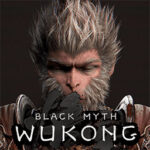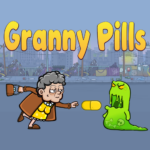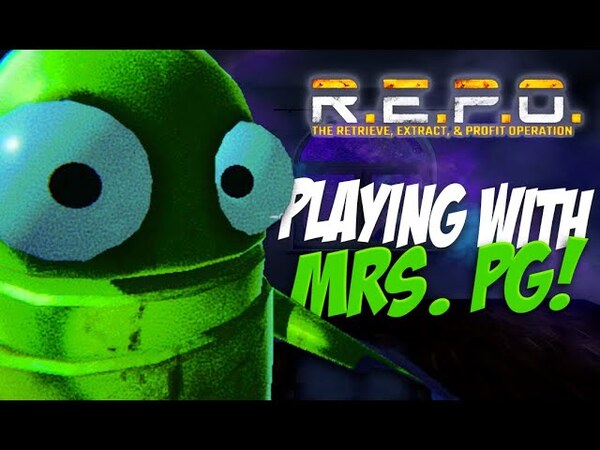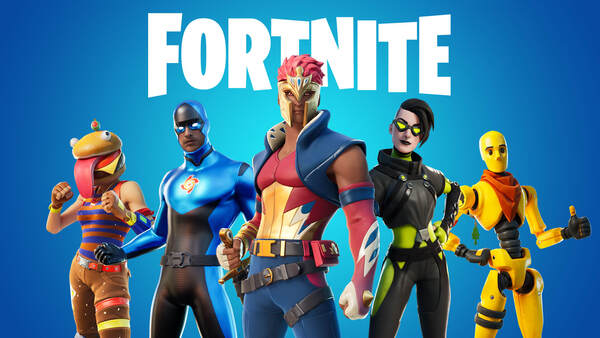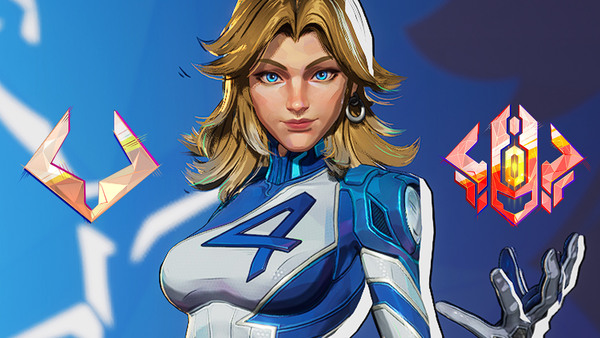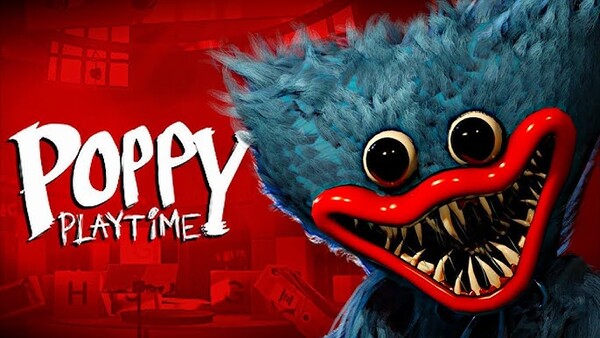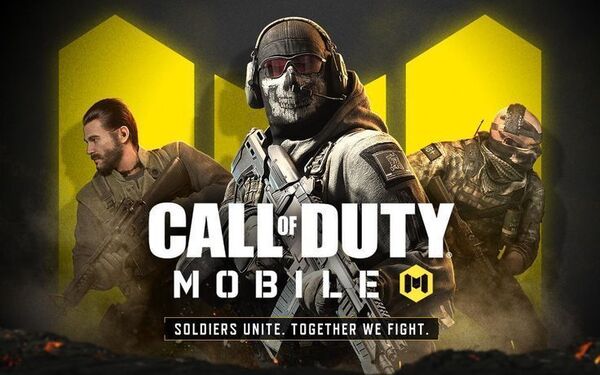League of Legends (LoL) is not just a game—it’s a cultural and competitive phenomenon. Developed by Riot Games and first released in 2009, LoL quickly rose from a niche multiplayer online battle arena (MOBA) game to a global esports powerhouse with millions of active players. This comprehensive guide walks through League of Legends’ journey, including its development, gameplay mechanics, evolving strategies, competitive scene, and community culture.
1. Origins of League of Legends (2009–2010)
League of Legends originated as a spiritual successor to the popular Warcraft III mod Defense of the Ancients (DotA). Riot Games, founded by Brandon Beck and Marc Merrill, teamed up with developers who had previously worked on DotA.
Key Innovations:
-
Free-to-Play Model: No upfront cost, monetization through cosmetic items.
-
Dedicated Servers: Reduced latency and improved stability compared to fan-hosted DotA matches.
Early Community Reception:
Despite modest beginnings, League’s accessible gameplay, frequent updates, and community-driven growth helped it expand quickly. In 2010, it won awards such as IGN’s Readers' Choice for Best Strategy Game.
2. Building the Core Gameplay Experience
At its core, League of Legends is a 5v5 team-based MOBA. The primary game mode takes place on Summoner’s Rift, a symmetrical three-lane map.
Essential Roles:
-
Top Lane: Bruisers and tanks.
-
Jungle: Objective control and map pressure.
-
Mid Lane: Assassins or mages.
-
Bot Lane (ADC + Support): Damage dealer and protector.
Game Flow:
-
Early Game (0–15 minutes): Laning phase, gold farming.
-
Mid Game (15–25 minutes): Skirmishes, objectives.
-
Late Game (25+ minutes): Teamfights and final pushes.
3. Champion Diversity and Expanding the Roster
League began with around 40 champions. As of 2025, the champion roster exceeds 160, offering unmatched diversity.
Champion Classes:
-
Tank: Durable, absorbs damage.
-
Assassin: High burst damage, fragile.
-
Mage: Spellcasters with area control.
-
Marksman (ADC): High sustained damage, ranged.
-
Support: Utility and protection.
Why Champion Variety Matters:
Frequent champion releases keep the meta fresh. Each champion brings new mechanics, creating infinite combinations in team composition and strategy.
4. Ranked Ladder System and Competitive Play
Riot introduced the ranked system early, allowing players to measure their skills against others. Players earn ranks through wins in ranked games.
Rank Tiers:
-
Iron → Bronze → Silver → Gold → Platinum → Diamond → Master → Grandmaster → Challenger.
Benefits of Ranked Play:
-
Structured progression system.
-
End-of-season rewards like exclusive skins.
Challenges:
-
Toxic behavior due to high stakes.
-
Smurf accounts and matchmaking imbalance.
5. The Rise of Esports (2011–2015)
League of Legends helped pioneer the modern esports landscape. Riot invested heavily in professional tournaments.
Major Esports Leagues:
-
LCS: North America.
-
LEC: Europe.
-
LCK: Korea.
-
LPL: China.
Key Milestones:
-
2013 Worlds at Staples Center.
-
2015 Worlds with 36 million viewers.
6. Meta Evolution Through Patches and Updates
League of Legends’ meta constantly evolves. Riot Games issues patches every two weeks, adjusting champion stats, item values, and mechanics.
Meta Drivers:
-
Champion buffs/nerfs.
-
Item changes.
-
New champion releases.
Advantages:
-
Keeps gameplay fresh.
-
Encourages adaptation and learning.
Drawbacks:
-
Hard for casual players to keep up.
-
Balance issues may arise unexpectedly.
7. The League Community: Positives and Challenges
League has a massive, passionate player base. The community creates fan art, guides, cosplay, and more.
Positive Aspects:
-
Content creators: YouTubers, streamers.
-
Global fan events.
Negative Aspects:
-
Toxicity: Verbal abuse, trolling.
-
Difficulty for new players to integrate.
Riot’s Response:
-
Honor system.
-
Chat and behavior reporting tools.
8. Technical Advancements: League Client and Features
Riot has upgraded the game’s client and backend systems multiple times.
Key Features:
-
Match History: Review previous games.
-
Replays and Highlights: Study gameplay.
-
Voice Chat: Team coordination.
9. Expanding the Universe: Arcane, TFT, and New Games
Riot has grown beyond League of Legends into a full entertainment brand.
Arcane (Netflix Series):
-
Emmy-winning show exploring League lore.
-
Focus on characters like Jinx and Vi.
Other Riot Titles:
-
Teamfight Tactics (TFT): Auto-battler mode.
-
Legends of Runeterra: Card game.
-
Project L: Fighting game in development.
-
Riot MMO: Teased but not yet released.
10. League of Legends in 2025: Current State and Future Outlook
As of 2025, League of Legends maintains its position as one of the top online games worldwide. Riot continues to innovate while preserving the core gameplay that made LoL successful.
Current Strengths:
-
Expansive champion pool.
-
Regular updates.
-
Thriving esports scene.
Current Weaknesses:
-
High entry barrier.
-
Community toxicity.
League of Legends remains the gold standard in MOBA gaming. Its mix of strategic complexity, mechanical skill, and team-based competition appeals to a wide range of players. While there are drawbacks—particularly for newer players and those sensitive to toxic behavior—its overall package is still unmatched in the genre.
Conclusion
League of Legends isn’t just a game; it’s a living, breathing ecosystem with a rich history and a vibrant future. Whether you’re a new player or a seasoned veteran, there’s always something to learn, master, or watch in LoL. From its humble origins to its current status as a global esport and entertainment brand, League continues to redefine what an online game can achieve.





